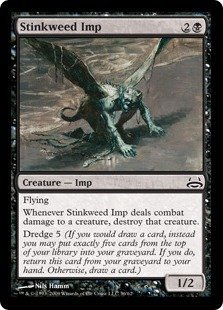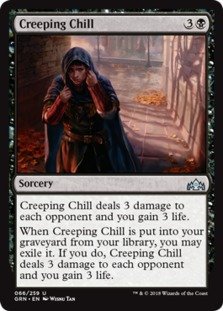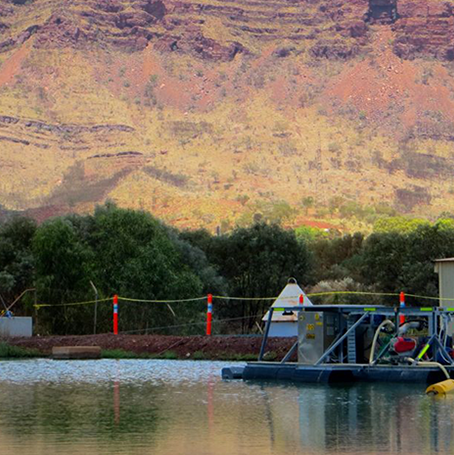


Before I get started, I need to clarify a few things. The decks in this format play some of the most powerful cards in the game, and many of them are on the Reserved List. Consequently, the format is very expensive to buy into. When we discuss budget Legacy, we are not talking about USD$50 or $100-we need to be in the $200 to $300 range. Why? Because decks in the lower price calibers usually cannot compete against decks such as Grixis Delver, Czech Pile, or the myriad of other top-tier strategies. However, if we push our budget to make space for more expensive cards, we also get access to powerful cards. Legacy is naturally more powerful-and more broken-than Modern, and thus we need to have the most powerful cards possible in our deck in order to compete, even if it means pushing the bounds of the budget. In a format where decks cost as much as $2,000, $200 to $500 is not terrible. Without further ado, here is Manaless Dredge! Manaless Dredge falls othe lesser end of this range, sitting at $240-less than the price of a Volcanic Island-and with a TCGPlayer optimized cart it can be had for under $180. Manaless Dredge is one of the strangest decks in Legacy, and arguably in all of Magic: The Gathering. As the name entails, we play zero mana sources in our 75.
#Manaless dredge full#
We eschew the most basic resource in the game to take full advantage of our graveyard. Despite its cost, Manaless Dredge is very difficult to play correctly due to the sheer number of triggers and interactions to keep track of, and I recommend goldfishing the deck numerous times or playing on Magic: The Gathering Online before taking it to a tournament. We usually win with creature beatdown, but we also pack a game-ending combo to take down an unsuspecting opponent by surprise. You may be wondering, "How do you even get to that point in the game? You can't cast spells!" I will explain all of this, and the inherent intricacies of this deck, as I breakdown the individual card packages. Dredgersīeing that this is a Dredge deck, we will first investigate the namesake mechanic that fuels our engine. We play fourteen creatures with dredge, and while they all have stats, the only number we care about is the dredge number itself. In every opening hand, we need to have a card with dredge, and if we do not, hope to find one fast because we can never mulligan. This brings me to one of the many quirks about this deck. Because we have no mana, we cannot cast any of the usual suspects for putting cards in the graveyard like Faithless Looting or Careful Study.

Instead, we take advantage of the maximum hand size rule. This means that we want to be on the draw no matter what deck we find ourselves up against.
#Manaless dredge free#
If we go first, we essentially give our opponent a free Time Walk. In a similar vein, mulliganing means we cannot pitch a card on our first turn, creating the same effect. We have enough graveyard effects that even if we do not have a dredger in hand, it is better to keep the hand anyway and start putting other cards into the bin. This card is about as gross to play against as it looks. Obviously, cards with a higher dredge count are better, which makes Golgari Grave-Troll far better than Shambling Shell. The best card to pitch on turn one, however, is Phantasmagorian. Being able to discard three cards on turn one is incredibly powerful in a deck that uses the graveyard as a resource. As if this was not powerful enough, we can activate Phantasmagorian's graveyard-based ability twice by activating once, holding priority, and activating again.

While we can only return it to our hand once, making the second trigger fizzle, discarding three cards is the cost of the ability, which makes it impossible to respond to. Stifle and other cards that counter activated abilities do not prevent us from discarding almost our entire hand.


 0 kommentar(er)
0 kommentar(er)
